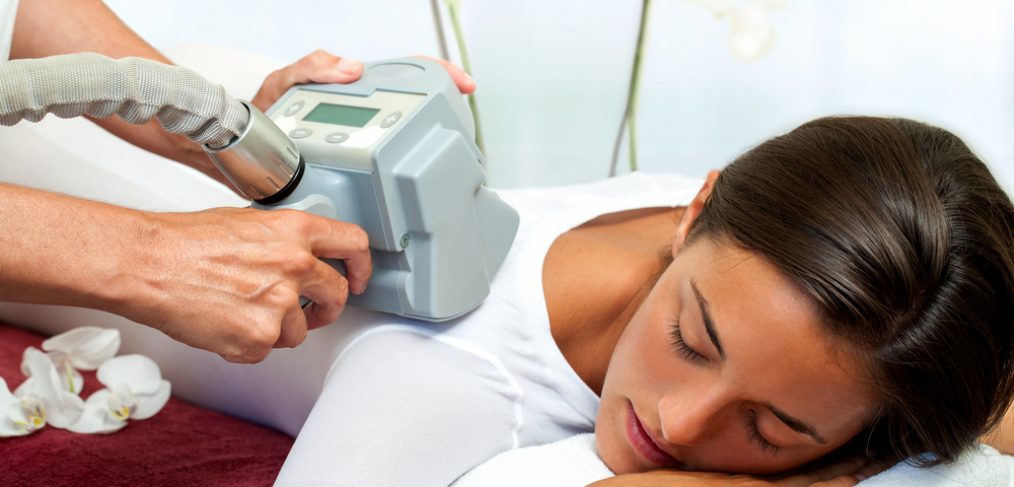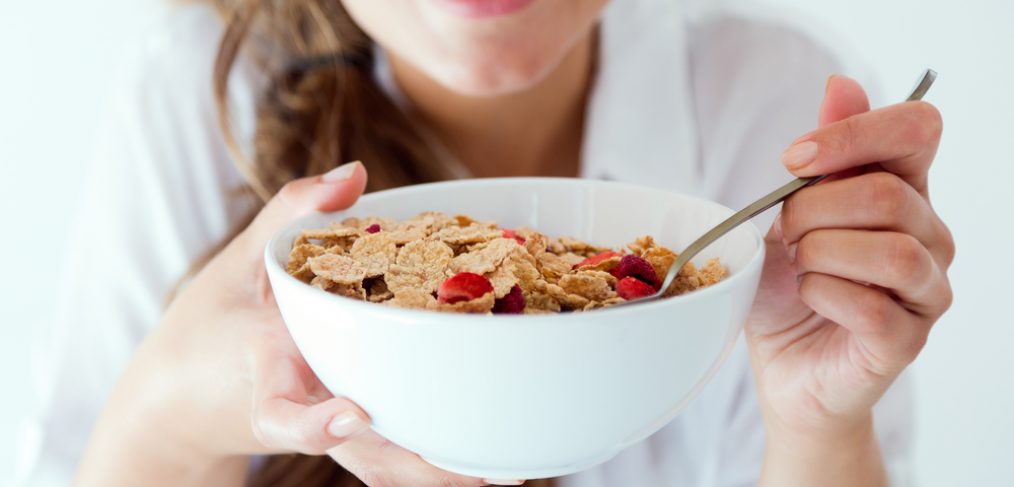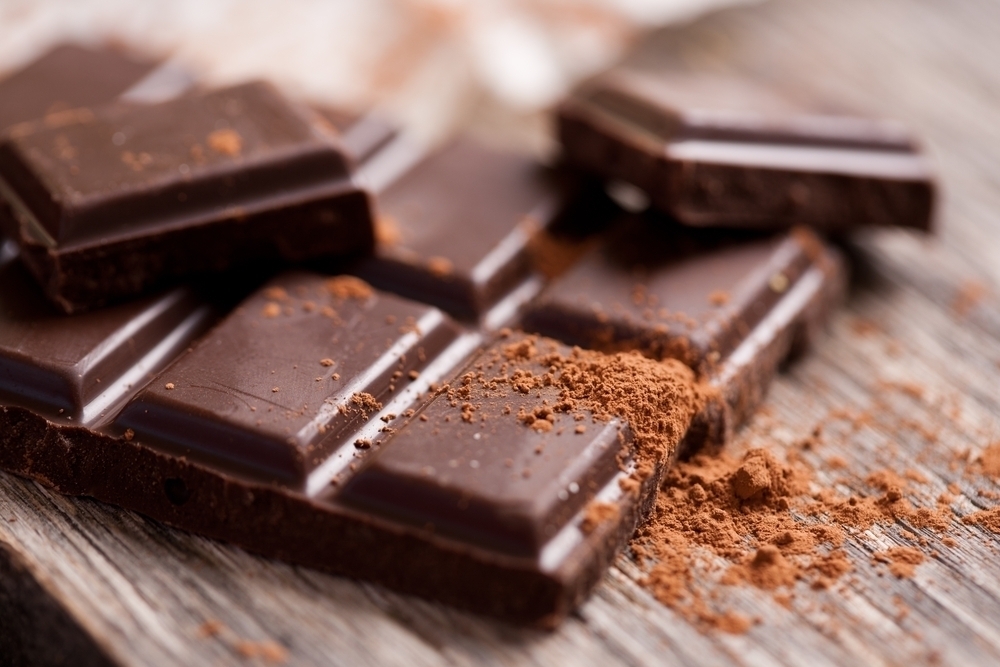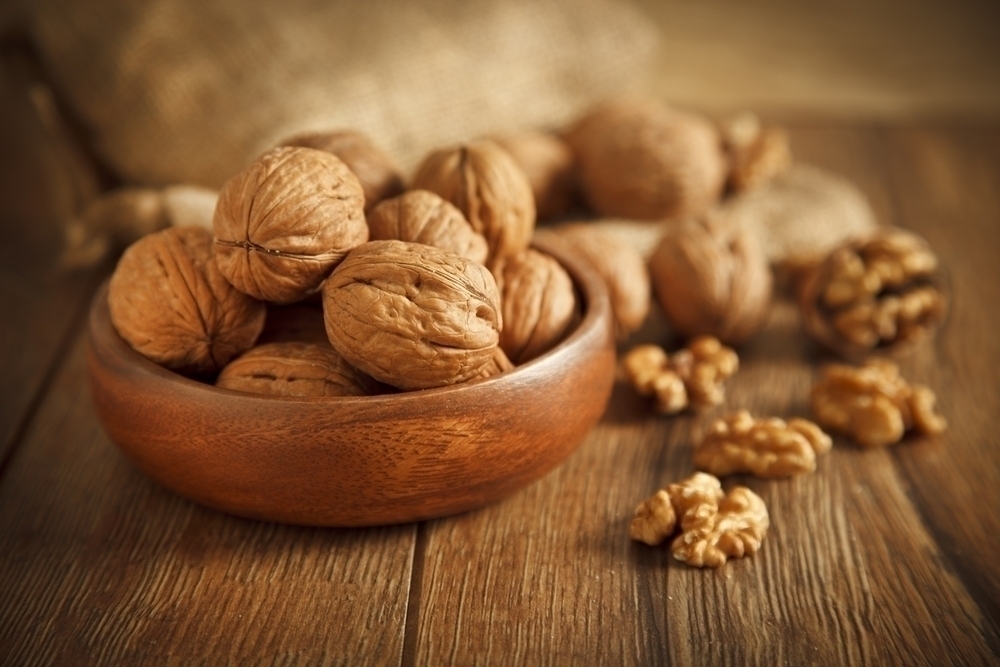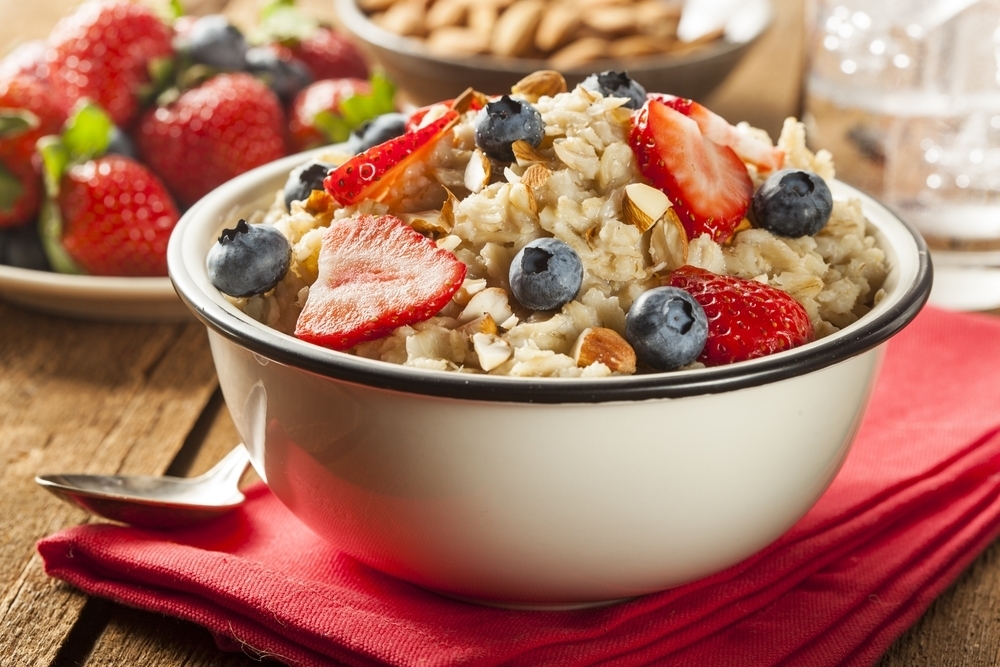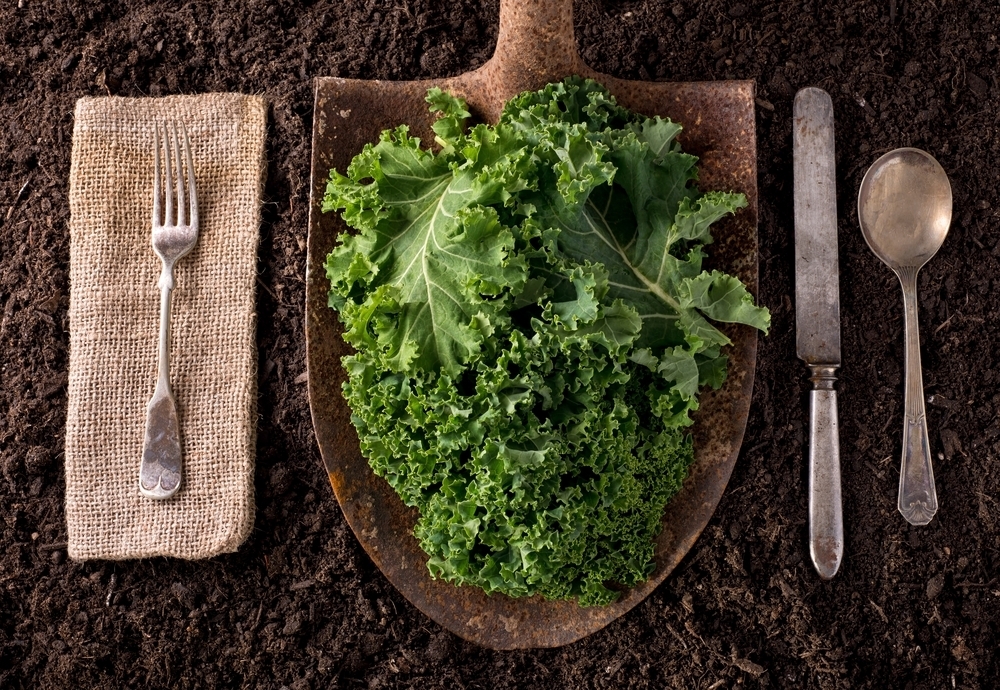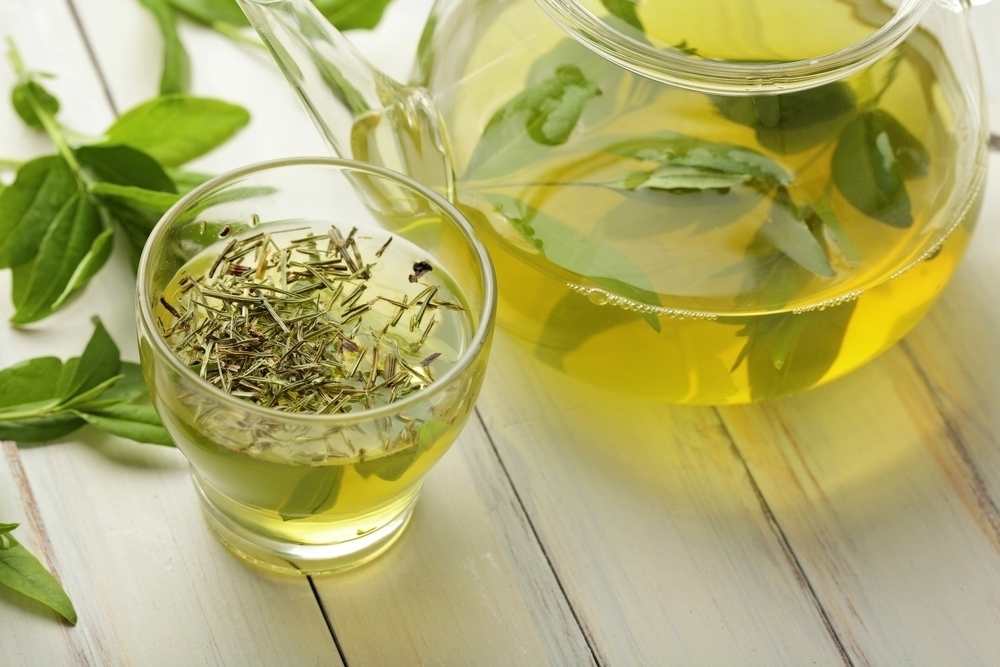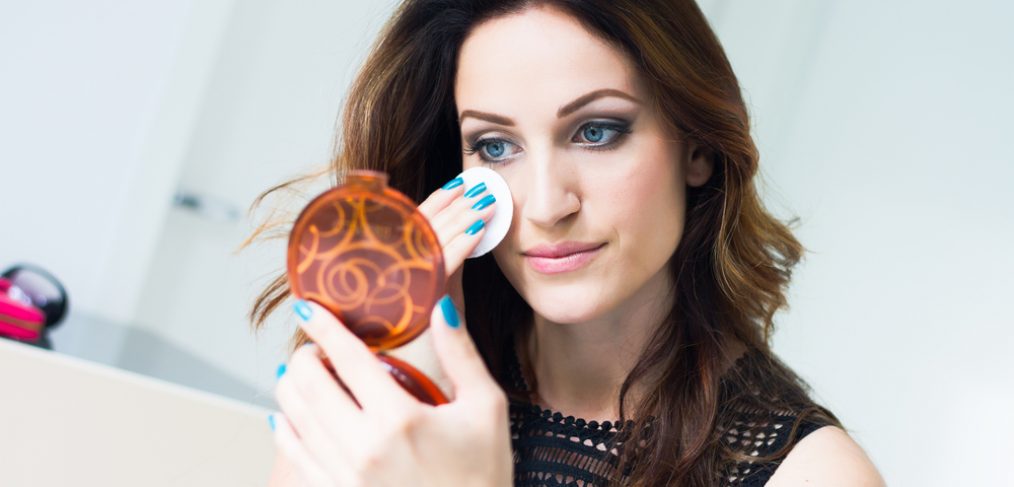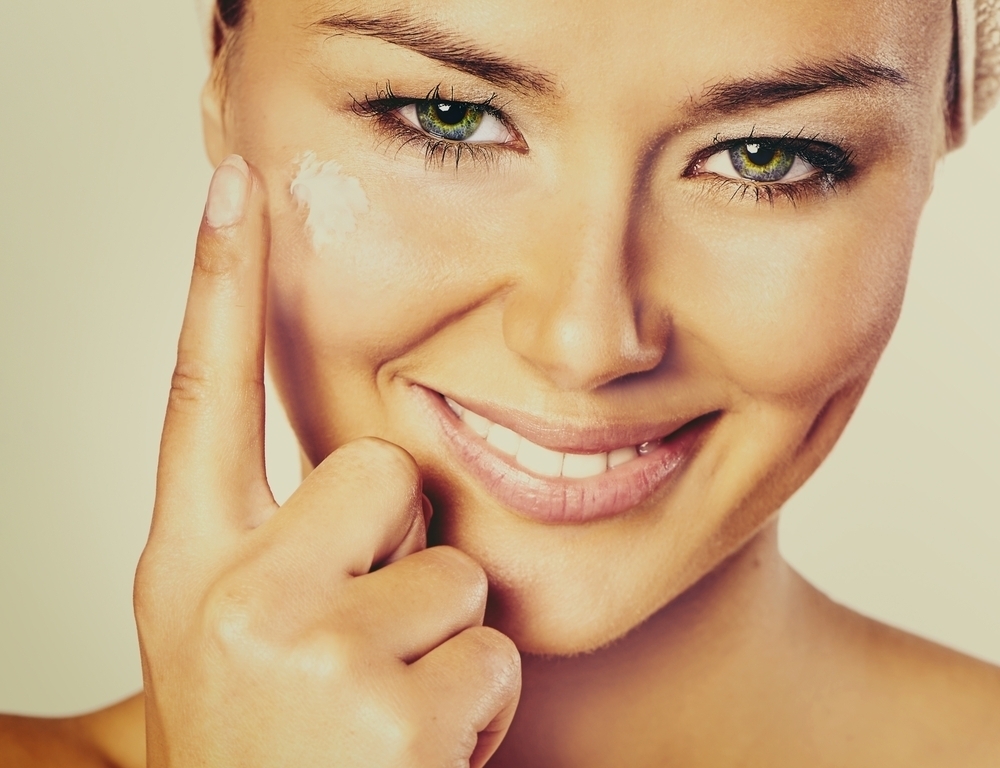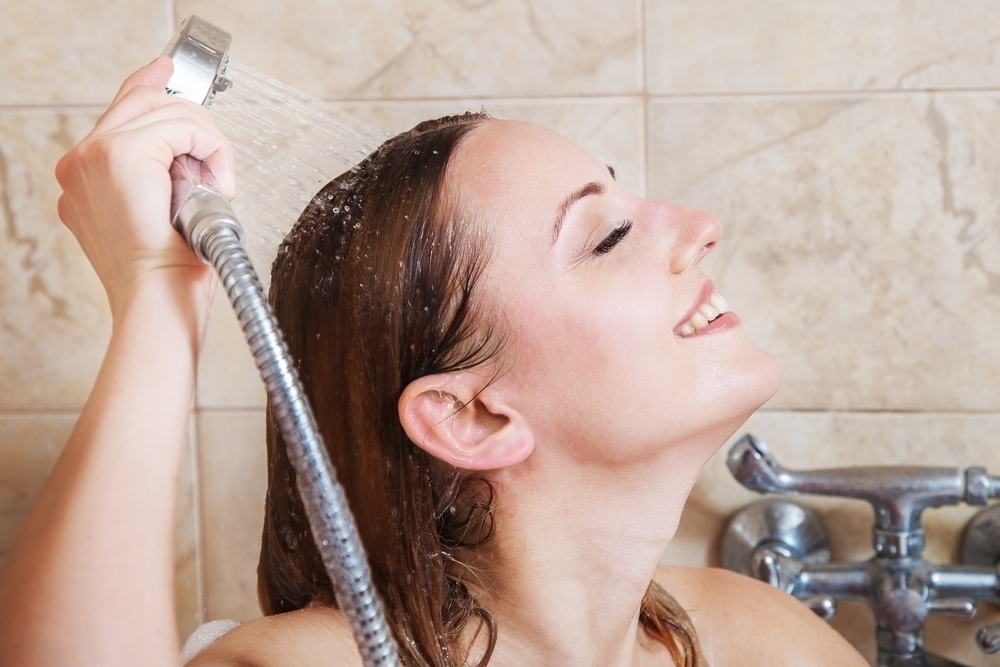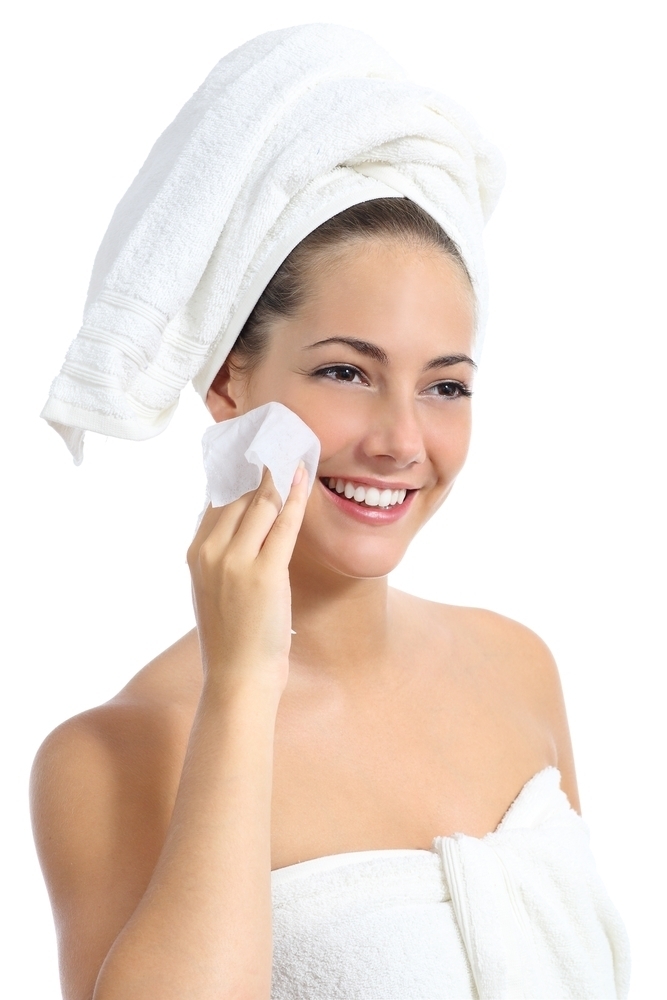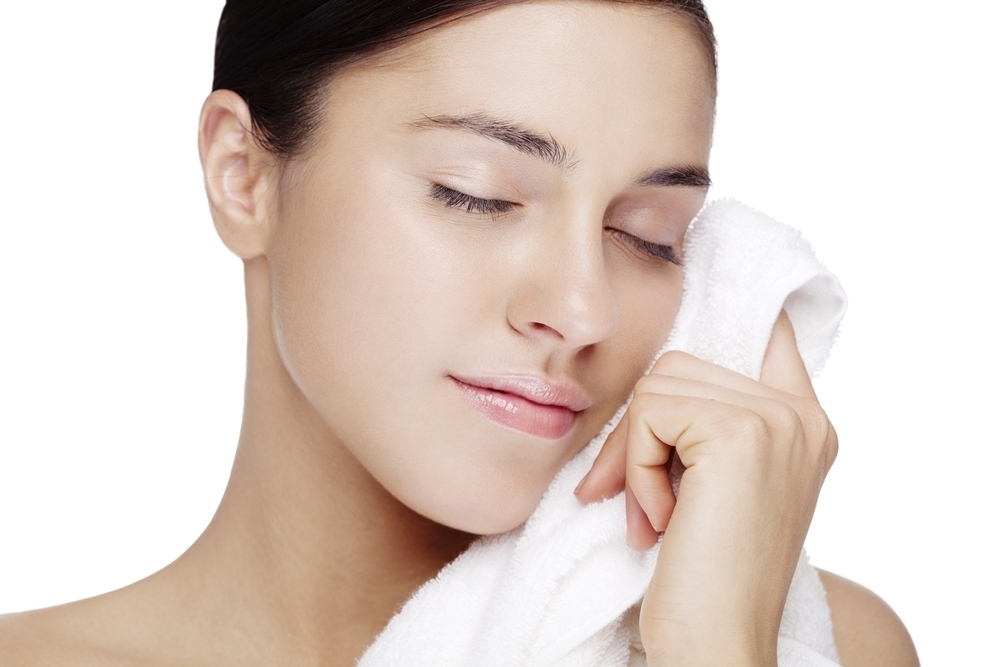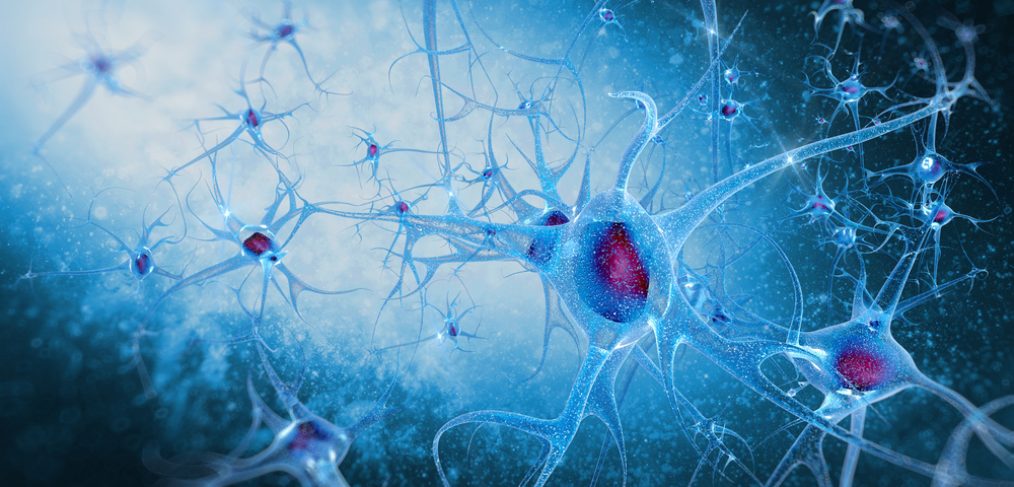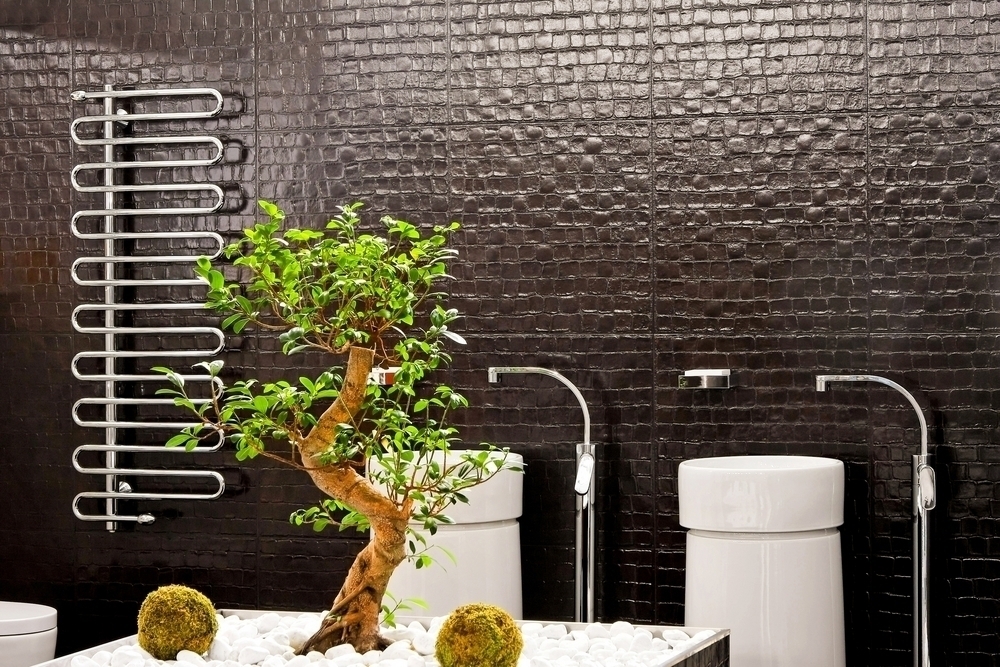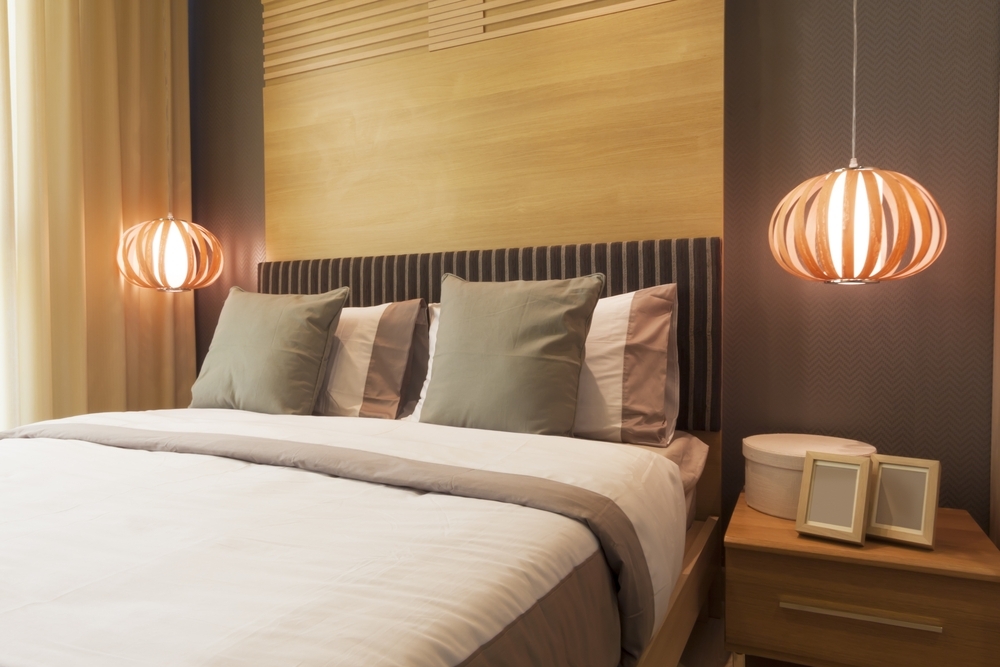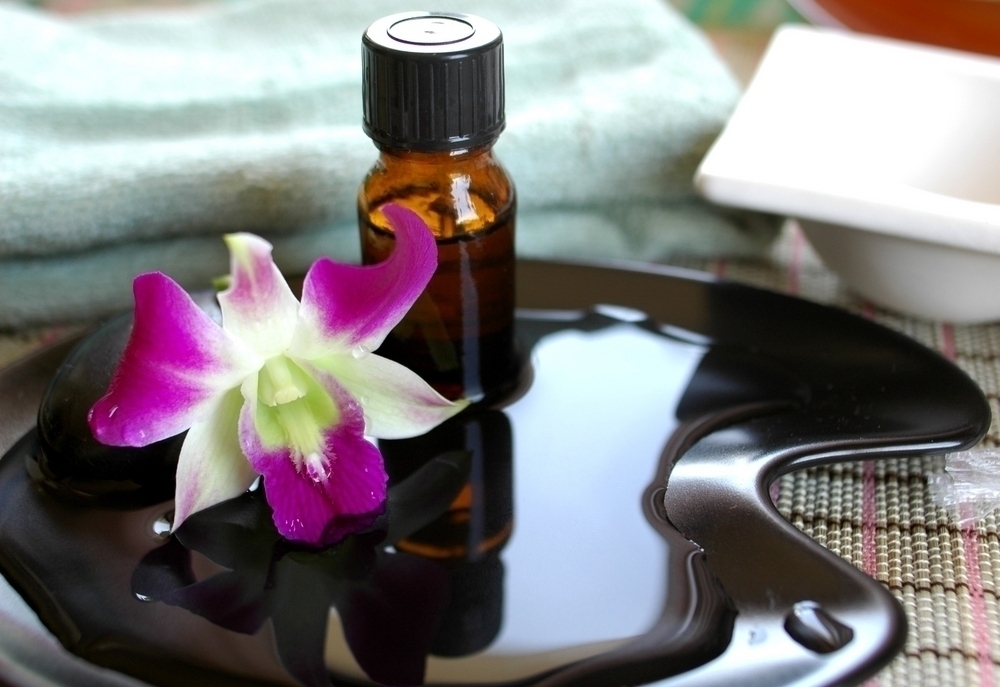You’ve just been diagnosed with a lipoma. Your mind begins to spiral. How long have you got? What do you need to know? Who’s going to get Mom’s silverware? Relax. Lipomas are just one of those medical terms, like simple chronic halitosis; they only sound scary. In reality, lipomas are relatively harmless, and usually painless as well. However, at this stage in your life, the last thing you need is something unidentified growing on your body that can’t be gotten rid of with a flick of the hand or a damp tissue. So, what can you do about this unwanted guest? Let’s take a look at the wonderful anatomy of the lipoma.
Lipomas
Lipomas are lumps which slowly develop between the skin and the muscle layer underneath. Lipomas are easily identified because they move easily when pressure is exerted upon them. They tend to have a doughy feel, but normally are not tender and several may appear at a time. Although a lipoma may occur in individuals at any age, they mostly develop during the middle of a person’s life.
Symptoms
Lipomas are most often, but not limited to the neck, arm, back, and shoulder areas. They are located right under the skin, are soft and doughy to the touch, and are usually small. While lipomas are usually not painful, they may cause discomfort if they press on nerves or contain many blood vessels. Usually, the most troublesome symptom is the location of the lipoma or a significant increase in size which may make it noticeable to others.
Causes
Although the actual cause of a lipoma is not known, many experts believe genetics are responsible, since they tend to appear commonly in members of the same families. Occasionally, injuries to the body, such as a traumatic blow to the area have been shown to trigger growth as well.
Treatment
Lipomas typically do not require treatment, and there is no known treatment to stunt their growth or prevent them. However, surgical removal may be recommended if the lipoma becomes painful, inflamed or infected, if it drains smelly discharge, if it increases in size, if it interferes with movement, or becomes bothersome and difficult to look at. Lipoma removal is a relatively simple process done at a physician’s office with a local anesthetic. The surgeon will begin by making a small incision, followed by extraction of the tissue. Stitches are used to close the incision. Other choices for removal include:
Steroid Injections
Steroid injections usually will not completely eliminate the tumor but have been known to cause lipomas to shrink.
Liposuction
Liposuction employs a large syringe and needle to remove the lipoma, but it is difficult to remove the entire lump.
Herbal Remedies
Chickweed
Chickweed tincture can be obtained at herbal specialty stores. One teaspoon can be taken orally three times daily, or the chickweed can be obtained in ointment form, rubbed directly into the affected area once a day.
Bitters
Bitter herbs and foods increase the body’s ability to digest fat, which is what a lipoma essentially is. Bitter herbs include gentian, wormwood, goldenseal, and yarrow, while olives, unsweetened chocolate, citrus peel and dandelion greens are all examples of bitter foods.
Lemon Juice
Adding lemon juice to the water that you usually drink may be helpful in eliminating lipomas. Lemon Juice removes toxins from the body by stimulating the digestive system and cleansing the liver.
Cedar
Lipomas can be treated by applying a cedar ointment to the affected area three times per day. Mix five drops of cedar extract with two teaspoons of water and drink three times daily, then rub the ointment into your skin.
Did you treat your lipoma? Let us know how it went. And be sure to get all and any suspicious-looking lumps and growths examined by a professional.



